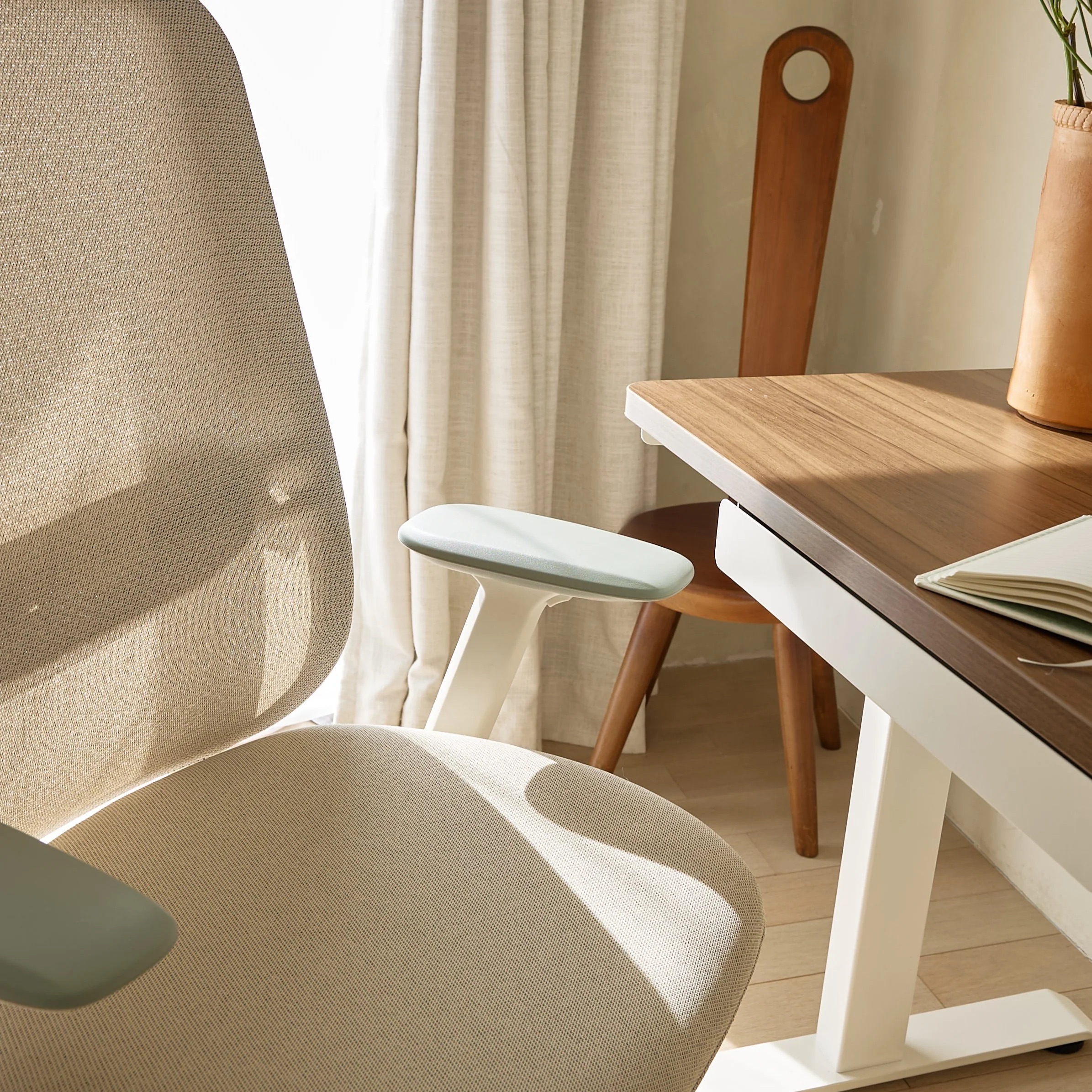Ergonomic chairs are everywhere these days. From trendy home setups to sleek startup offices, they’ve become the go-to solution for anyone chasing comfort. They promise better posture, less back pain, and a more productive day. But before you throw your money at one, let’s take a step back.
Because here’s the thing: not every ergonomic chair is the miracle it’s made out to be.
Sure, they look great and feel fancy. But once you spend a full workday in one? The story can change. So let’s break down what most reviews won’t tell you—the real downsides of ergonomic chairs that you need to know.
1. One Chair Doesn’t Fit All Bodies
Let’s get real—no two bodies are the same. Your height, leg length, back curve, and overall build all play a role in how a chair should support you. The problem? Most ergonomic chairs are designed for “average.”
If you’re taller or shorter than average, the chair might actually throw off your posture rather than improve it. And don’t get fooled by the adjustable tags—some setups are more confusing than helpful. You could spend weeks tweaking knobs and still not get it right.
Looking for seating that fits you and your style effortlessly? Try these modern furniture picks that actually work.
2. Setup Feels Like a Puzzle
Ever sat in a chair with so many levers, it feels like you’re piloting a jet? Yeah, that’s a problem.
From tilt tension to lumbar depth and arm height, many ergonomic chairs come overloaded with adjustments. But here’s the kicker: most people never use them right. Or worse, they set them up wrong—and that can do more harm than good.
A solid chair should feel comfortable without needing an instruction manual. For workplaces, getting help from digital workspace pros can ensure your entire setup is done right—from tech to chairs.
3. Pricey—and Not Always Worth It
You’d think that paying more means getting better quality, right? Not always. Some ergonomic chairs come with sky-high price tags, but after a few weeks, they’re collecting dust—or causing new pains.
High-end chairs can overpromise, and budget versions often skimp on build quality. Even returns can be a nightmare—especially if you’ve already built it.
Rather spend on something that gives actual value? Browse durable, stylish furniture that lasts.
4. Comfort Can Become a Trap
Here’s a surprising one: being too comfortable can backfire. A super-cozy ergonomic chair might keep you glued to your seat longer than you should be.
But movement is key. Sitting for hours—even in the best chair—can lead to stiffness, back strain, and poor circulation. Don’t let comfort trick you into being less active.
5. Style Often Takes a Hit
Let’s face it: many ergonomic chairs aren’t exactly eye candy. They scream “corporate office” with their bulky frames and dull colors. If you’re trying to create a space that feels warm and personal, that big black mesh seat might not be doing you any favors.
Want something that looks good and feels good? Check out modern home-friendly furniture designs.
6. False Sense of Support
Just because a chair has padding and curves doesn’t mean it’ll fix your posture. You still need to sit right, stay aware, and engage your core. Too many people rely on lumbar pillows or soft backs and end up slouching worse than before.
Even the best chair can’t fix bad habits.
So, Should You Still Get an Ergonomic Chair?
Absolutely—if you know what to look for and how to use it. But don’t buy into the hype blindly. Take time to test the fit, understand the features, and see how it blends with your space.
Sometimes the perfect chair isn’t the one with the most features. It’s the one that feels just right—simple, supportive, and styled for your space.
FAQs
Not always. While some high-end chairs offer solid support, others overpromise. Always test before buying and check return policies.
Yes, especially if not adjusted properly. Poor setup or an ill-fitting design can lead to posture problems or worsen existing pain.
Frequent issues include poor fit, confusing adjustments, high cost, and a false sense of support that encourages poor sitting habits.
They can help, but only if you use them correctly. You still need to sit mindfully and take breaks to stretch and move.
Look for adjustable features that are easy to use, real lumbar support, and a design that fits both your body and your home’s style.
